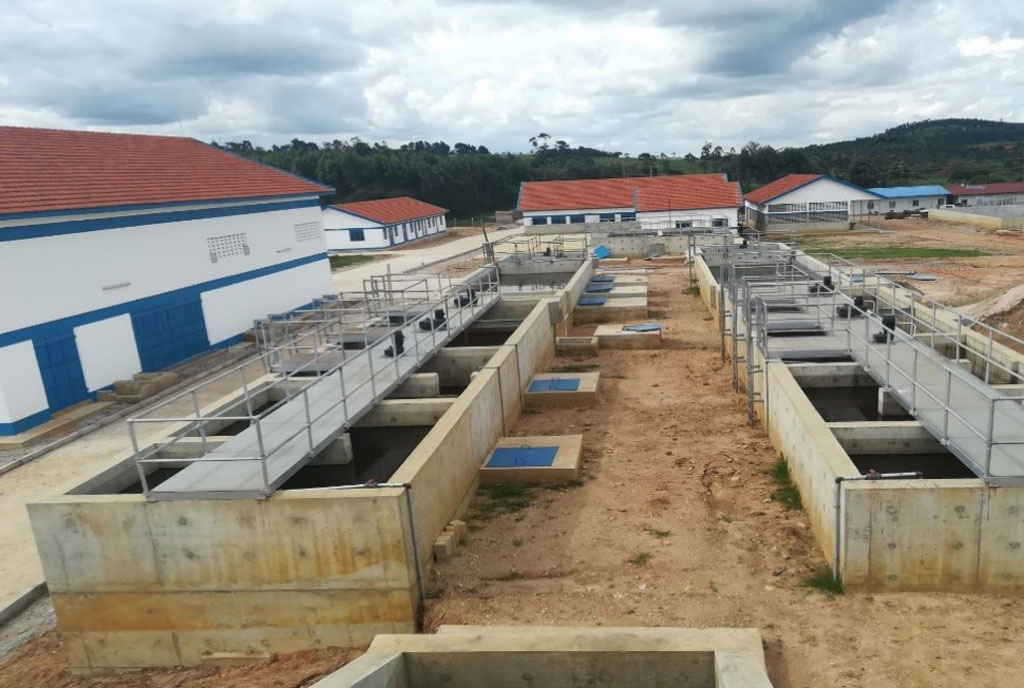BUSHENYI: Residents of Sheema, Mitooma and Bushenyi districts are concerned that Kitagata Water Treatment Plant that was constructed by the National Water and Sewerage Corporation (NWSC) at Shs40 billion could soon dry up due to massive encroachment on its catchment areas.
NWSC built the water plant in 2017 in a bid to improve water supply services in the districts of Sheema, Mitooma, Bushenyi after the old water source at Nyaruzinga failed to meet the demands of a rising population.
However, the water plant gets its water from several wetlands in the three districts, which residents say have been degraded.
Ms Joviah Tararemwe, a resident of Kitagata Town Council in Mitooma District, said the communities have continued carrying out activities that harm the water catchment areas.
“There is continued silting of the streams because people’s animals get water directly from the streams. This, plus poor methods of farming upstream, are responsible for the current silting process,” she said in an interview on Monday.
“Wetland degradation in the surrounding areas of Mitooma and Bushenyi is another contributing factor. The more this water is contaminated by these activities, the more it becomes expensive for NWSC to treat it. This cost will again come back to us,” she added
The Nkanga Sub-county chief in Bushenyi, Mr Elly Muhwezi, said people have planted eucalyptus trees in Nyamirembe wetland, which is the main source of water that supplies the NWSC plant.
“The water NWSC gets from Kitagata begins from here. The moment this source is threatened, it implies that NWSC is going to lack water to supply and our citizens are going to suffer,” he said.
“When you see this eucalyptus that is surrounding the source, it means the source itself is under threat. So, the efforts of the government to restore this source should be timely and serious. Otherwise we shall not be having water at Kitagata,” Mr Muhwezi added.
What leaders say
The Bushenyi District Senior Environment Officer, Mr Vincent Kataate, acknowledged massive encroachment on the wetlands by the population in areas of Kabusolo, Muhito, and Katuuba.
“Contamination of the water project has direct and indirect impact on the consumer because it will cause problems such as shortage of quality water, raise water treatment costs, raise water tariffs and eventually lead to poverty. We need to protect these areas before it is too late,” he said.
He added that they have started wetland restoration programmes in Bushenyi and that requests have been submitted to the Ministry of Water and Environment to also extend wetland restoration activities to Mitooma and Sheema.
The NWSC principal public relations officer for western region, Mr Paul Turyamureeba Kahiigi, said while they have designed measures to stop encroachment on water sources, they are limited by lack of enforcement.
“We have worked on implementation of priority based water source protection programmes such as tree planting and implementation of stakeholder engagement programmes aimed at sensitisation of the public. But we don’t enforce them, especially where people have refused to vacate wetlands,” he said.
Museveni directive
In January, President Museveni ordered all encroachers out of wetlands. While in some places the directive was enforced, in others it was not. The head of newly formed political party National Economic Empowerment Dialogue (NEED) Joseph Kabuleta has asked the government to walk the talk and evict encroachers from the wetlands.


